Nice! Altocumulus stratiformis undulatus, but with two intersecting systems of undulations. Think of them like cross waves at sea.
Oh, right. I figured that a person using a screen reader can probably see that one by themselves, but I suppose I could throw that one into the post body as well.
I had to do a double take when I first saw that "RASH" in the comment above. Is there a place where it's written like that instead of just SHRA or was that just a joke? Generally the pattern is always [intensity][descriptive attribute][phenomena], but the US system has so many deviations from the international standards that I can't be certain.
Thanks for the reminder!
Thanks! Time really is the most important ingredient. Look at enough sunsets and sunrises with an adequate camera on hand, and every now and then a great scene will come up. After that it's just point and shoot.
Thanks!
Thanks! Yes, it is a photo. The moth was chilling on a window after sunset. The blue dots are out of focus apron lights.
They sure don't tend to do that, but there are still mundane explanations for this. An unintentional collision between the satellite and another object being one of them.
"I find it hard to believe they would use such a big satellite as an ASAT target," McDowell said.
Not because of Kessler syndrome, just your run of the mill space debris reentering the atmosphere and increasing the amounts of certain metals up there that contribute to ozone depletion. In other words, that may well happen even if we're lucky and avoid Kessler syndrome.
Posio, southern Lapland, Finland
Posio, southern Lapland, Finland
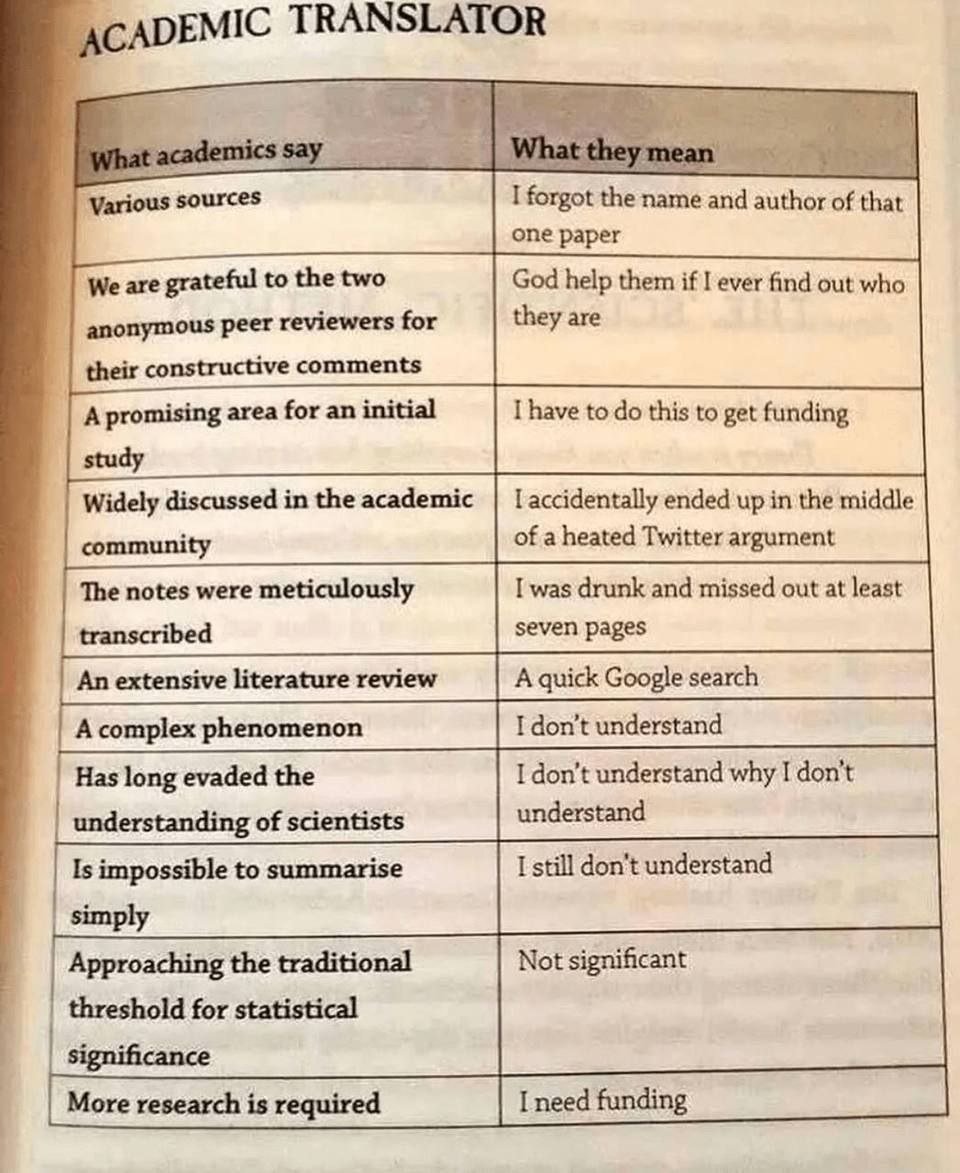

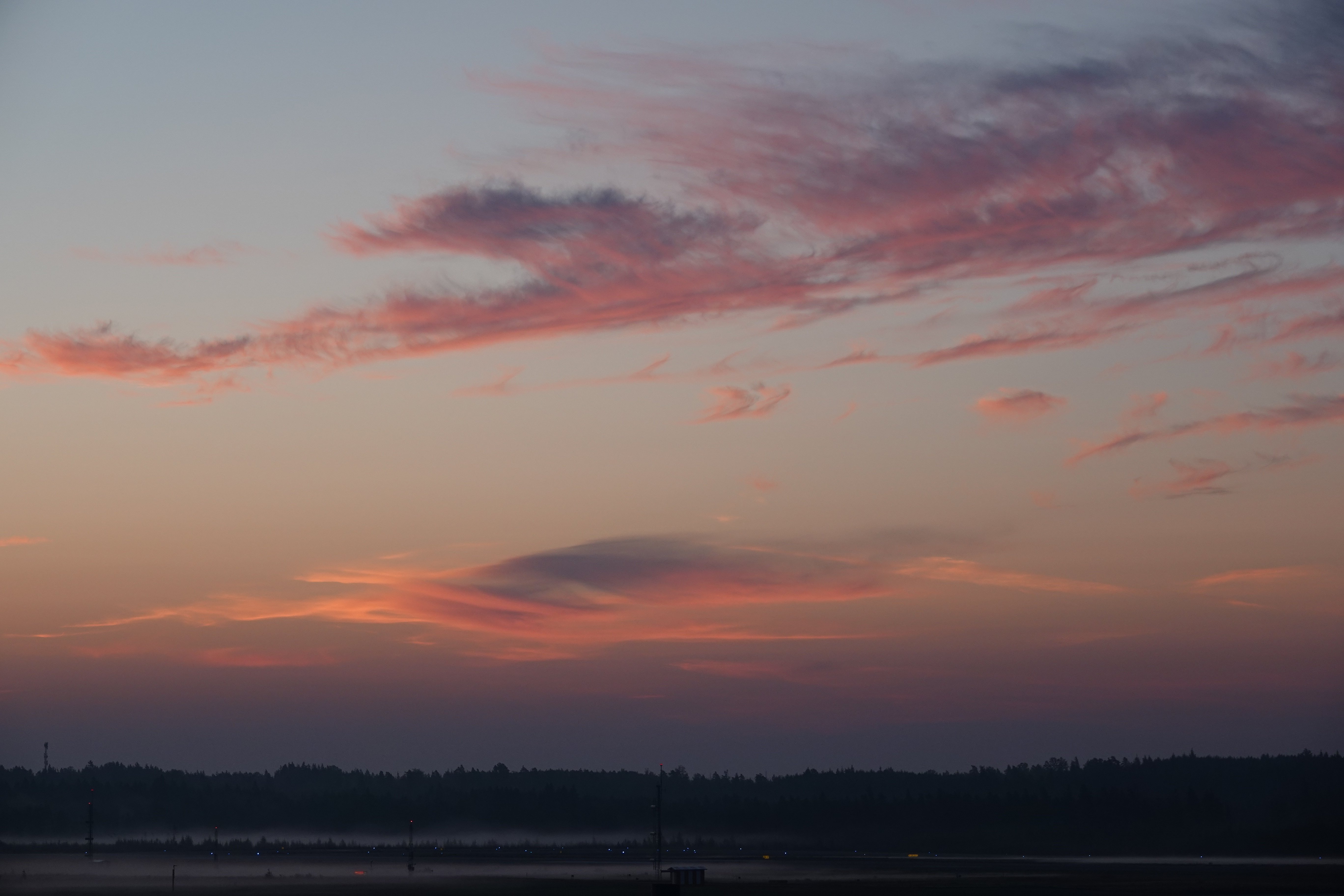

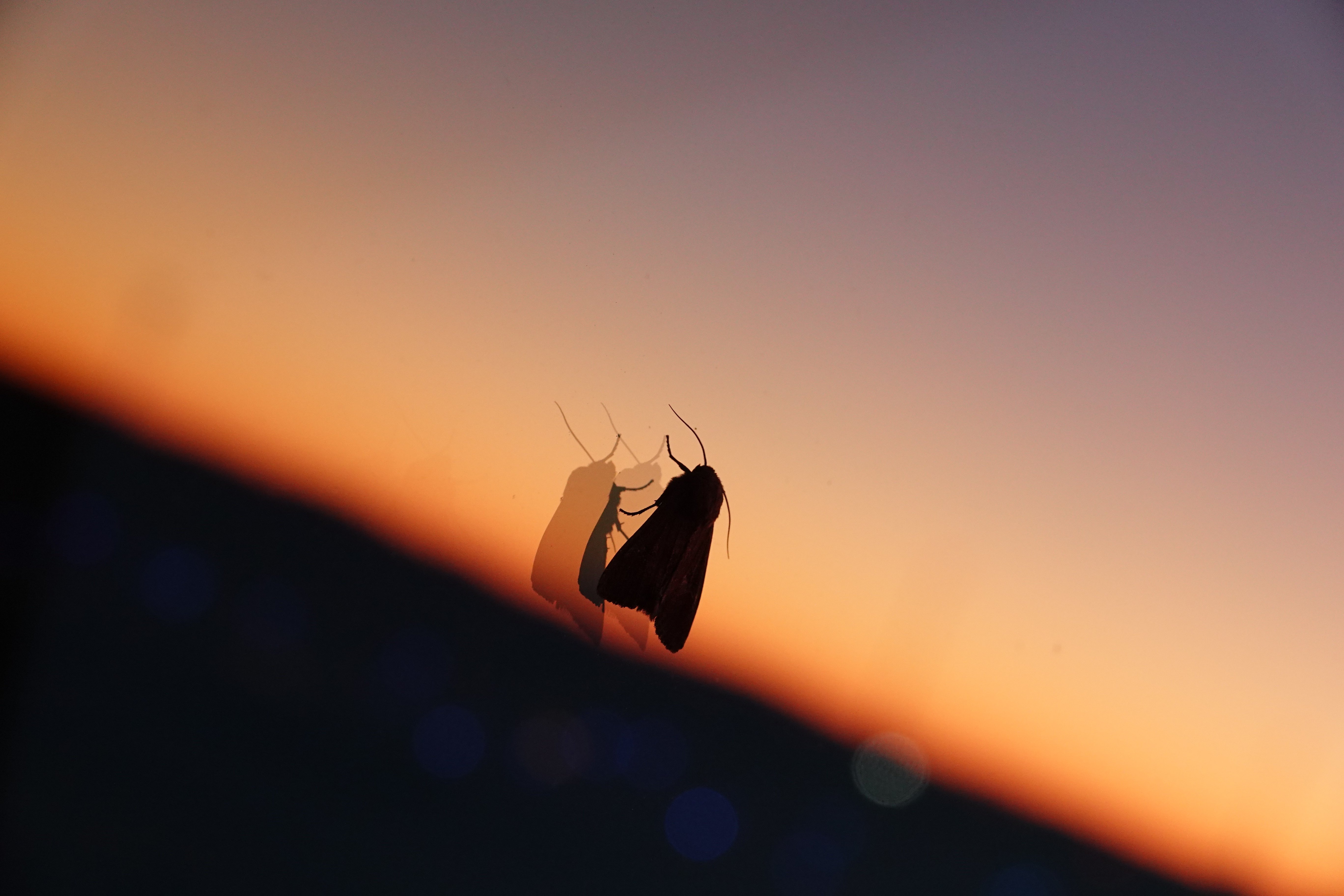
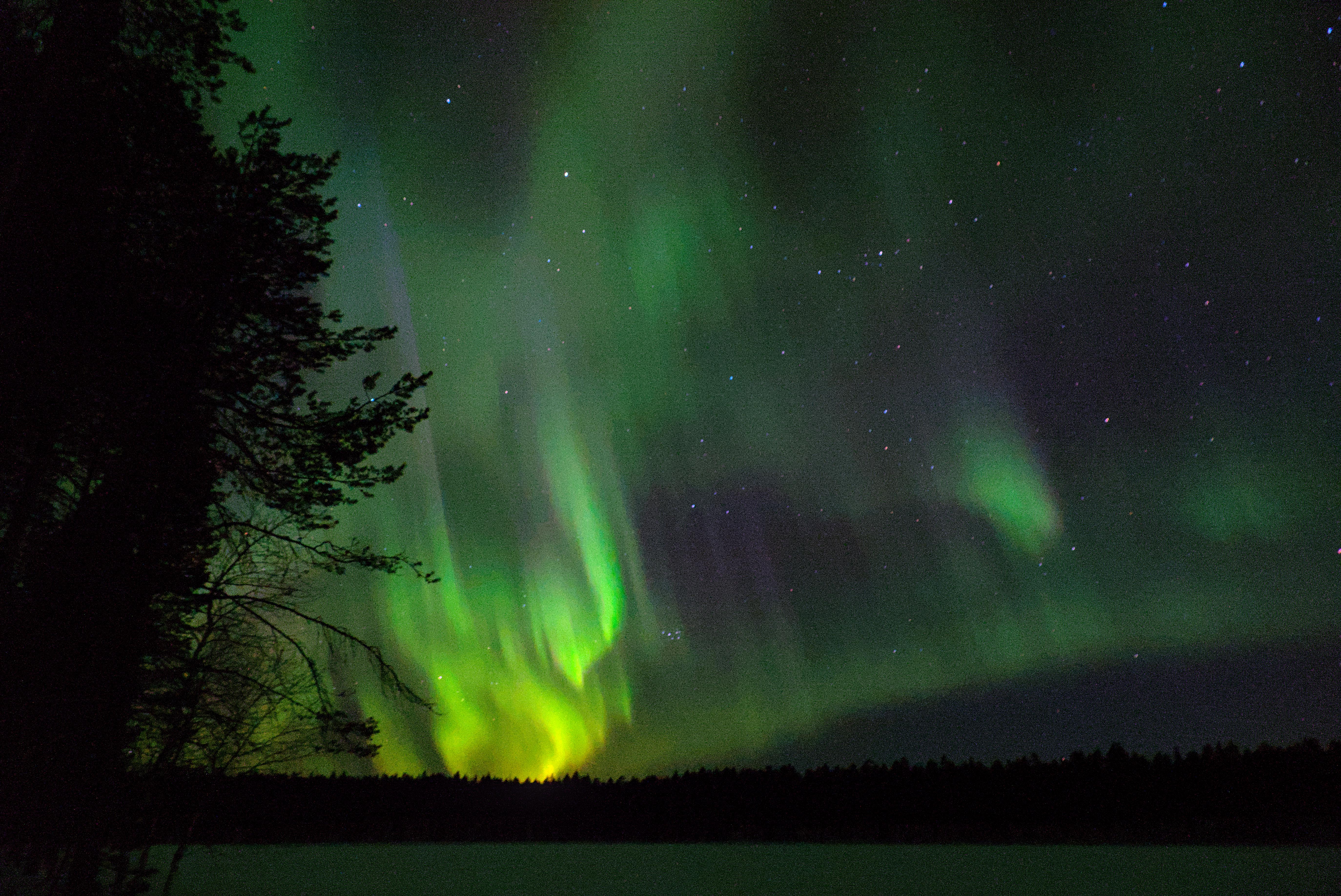

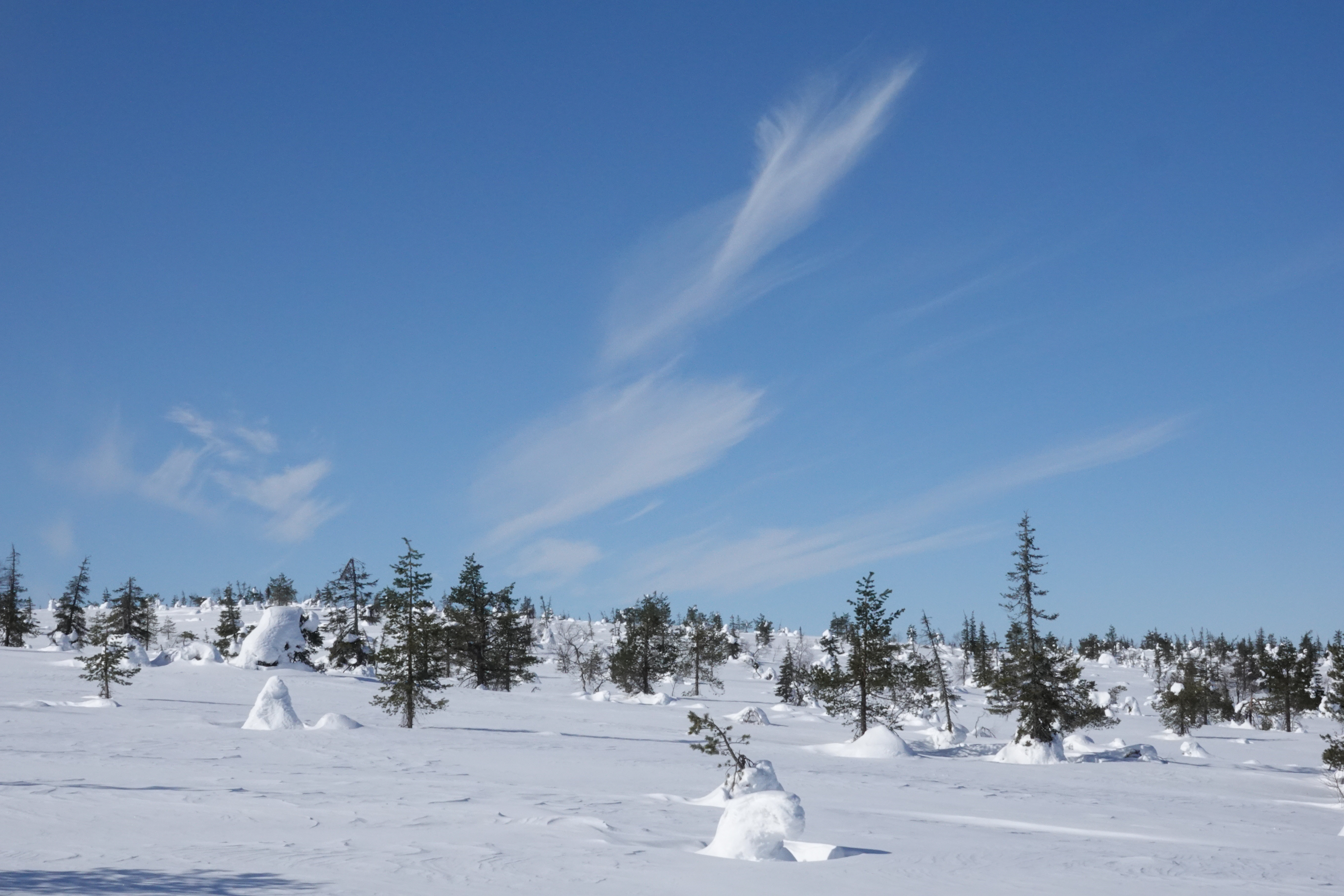
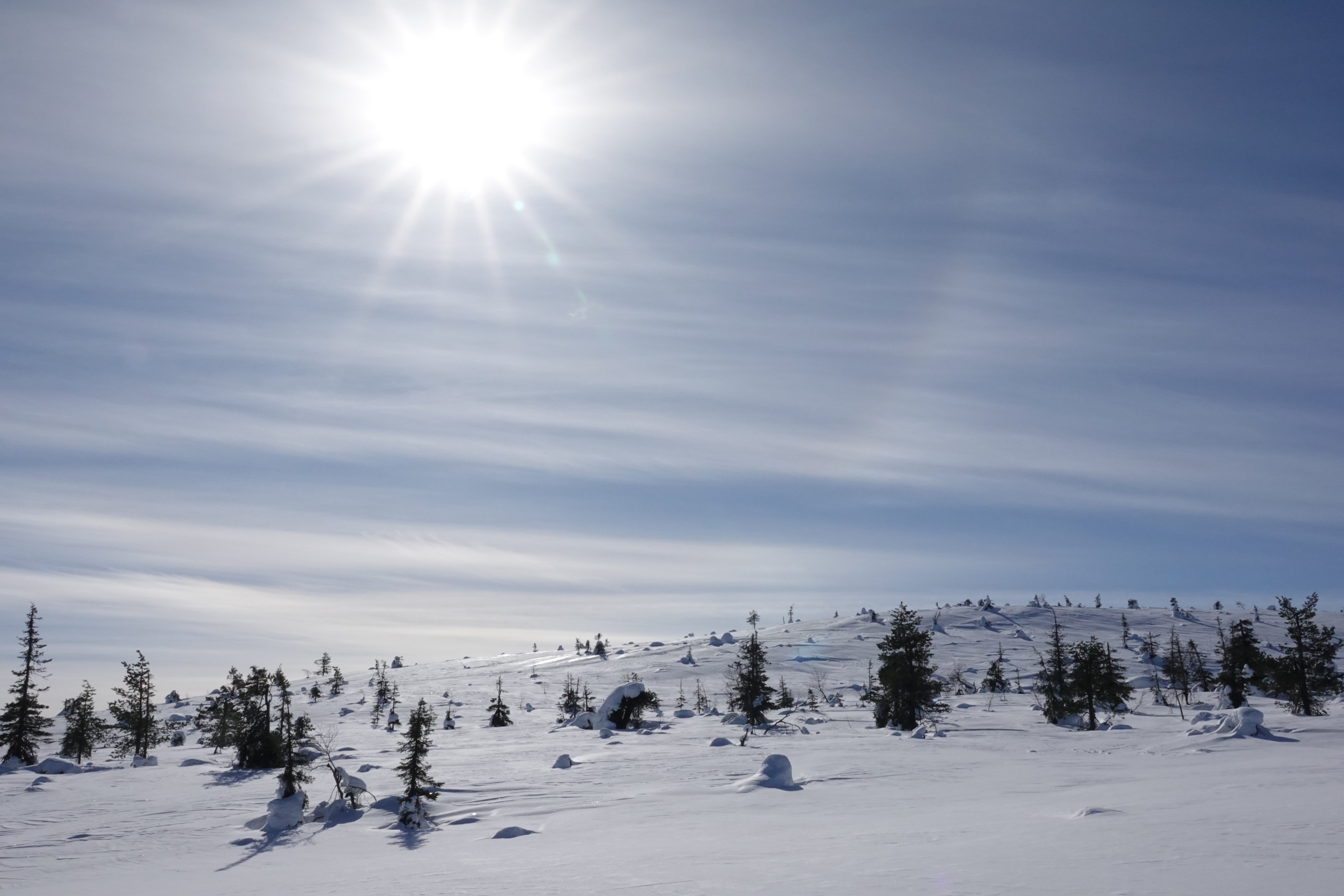

No I talk like that normally